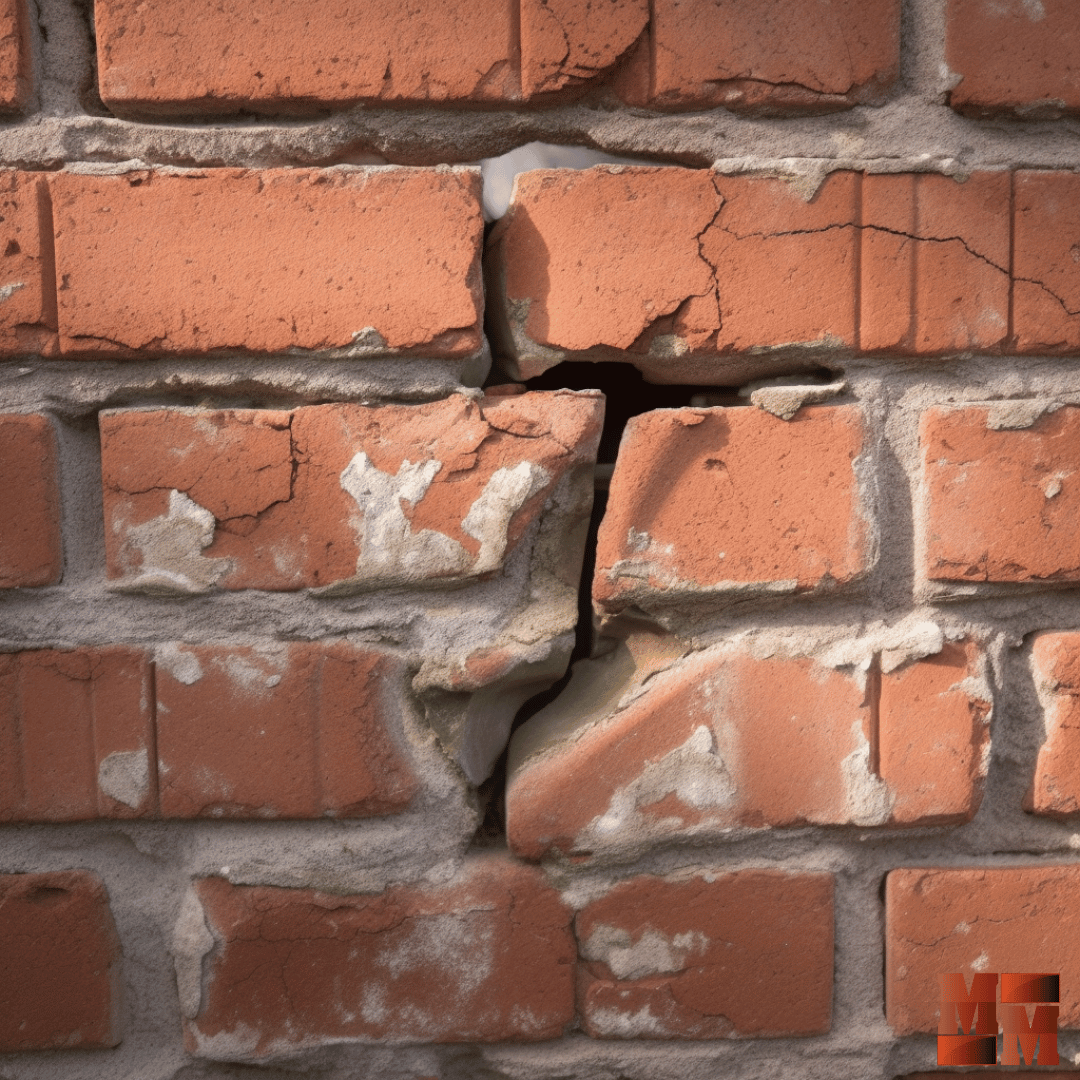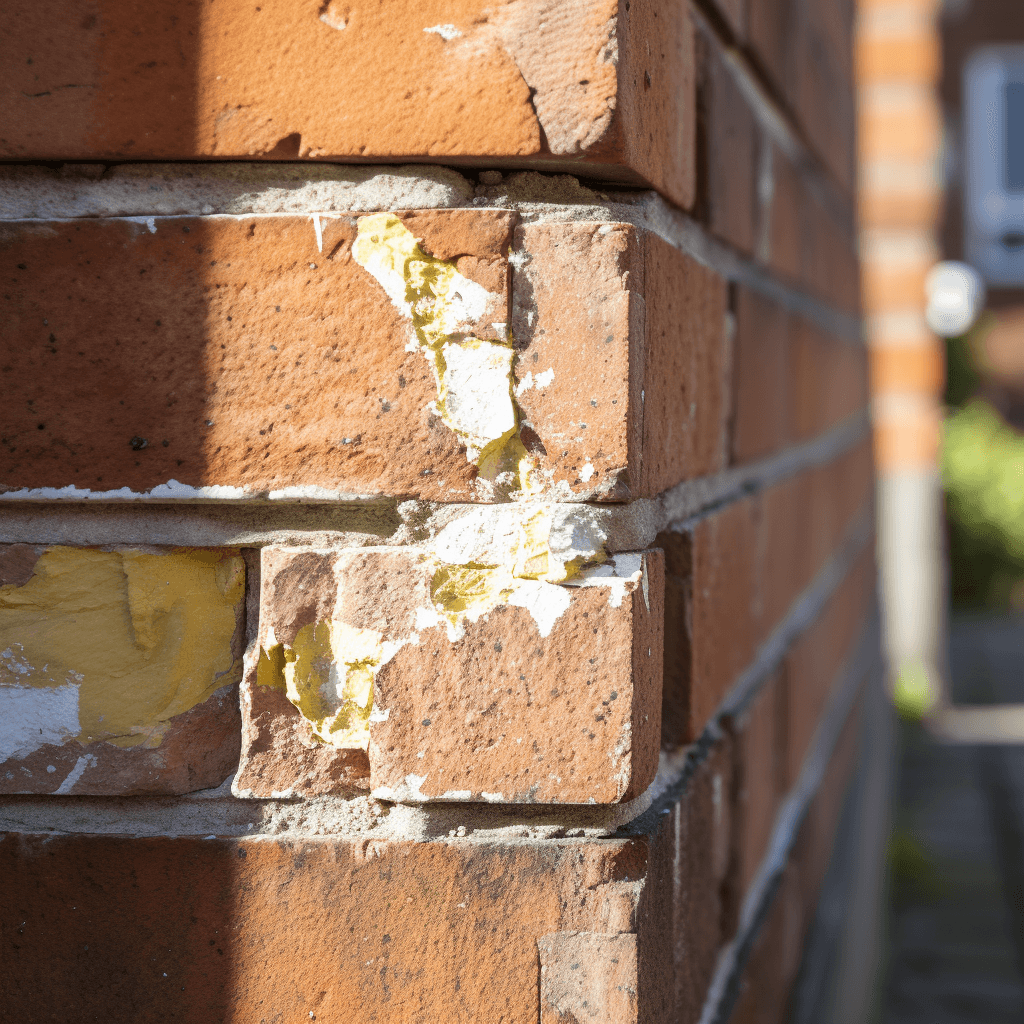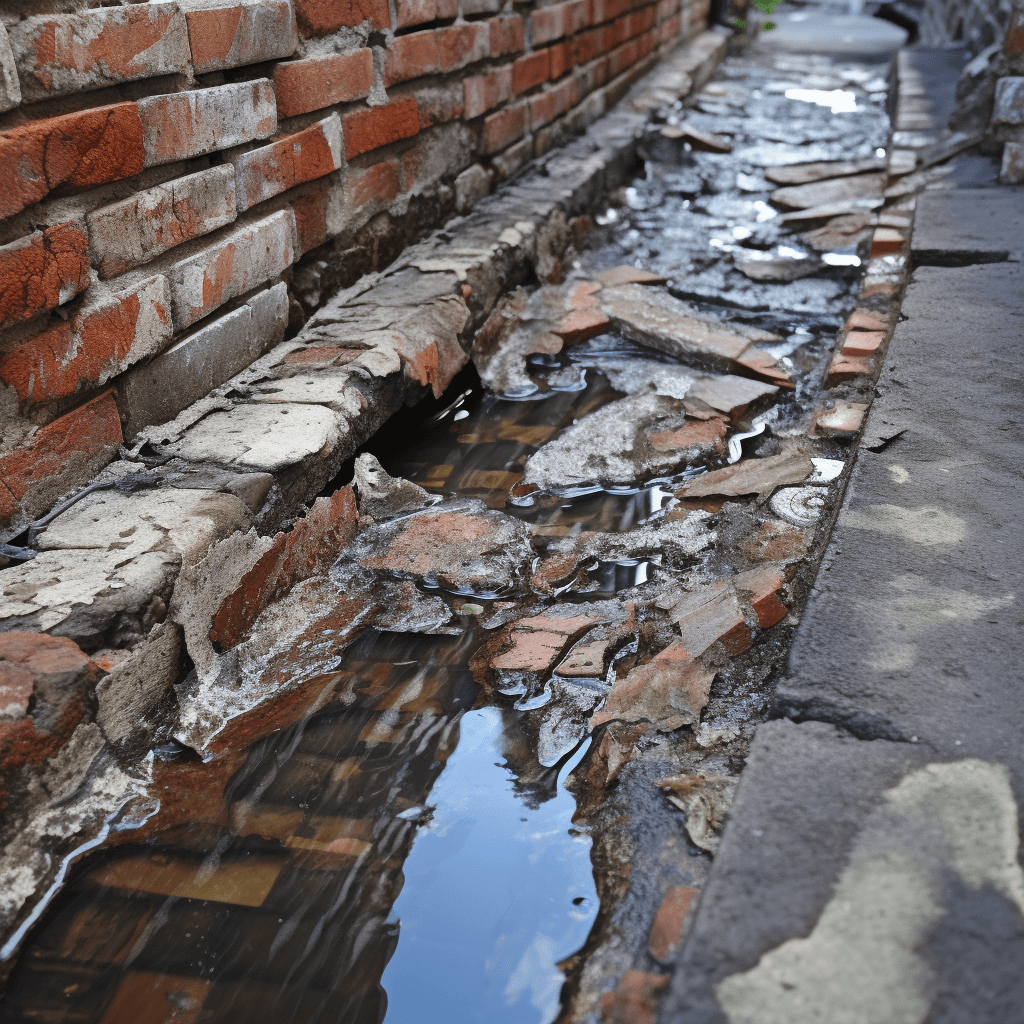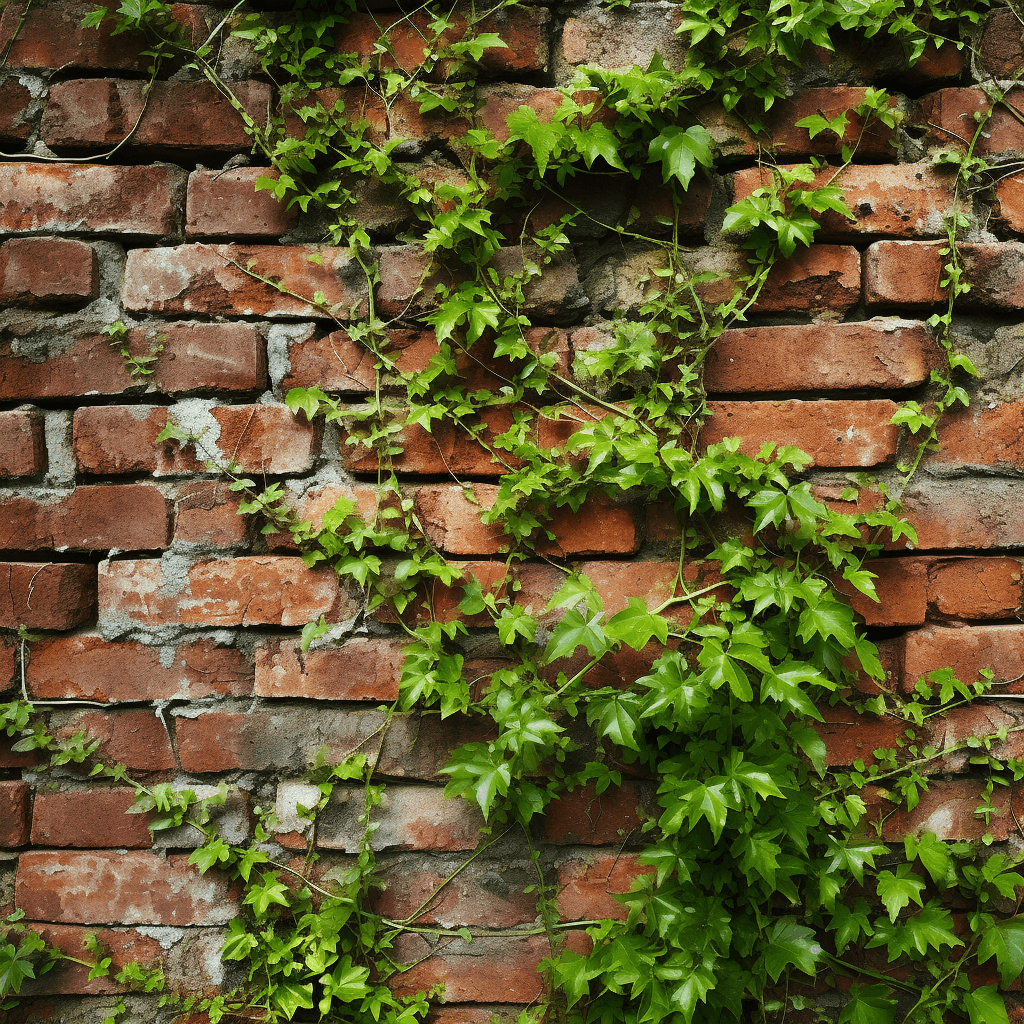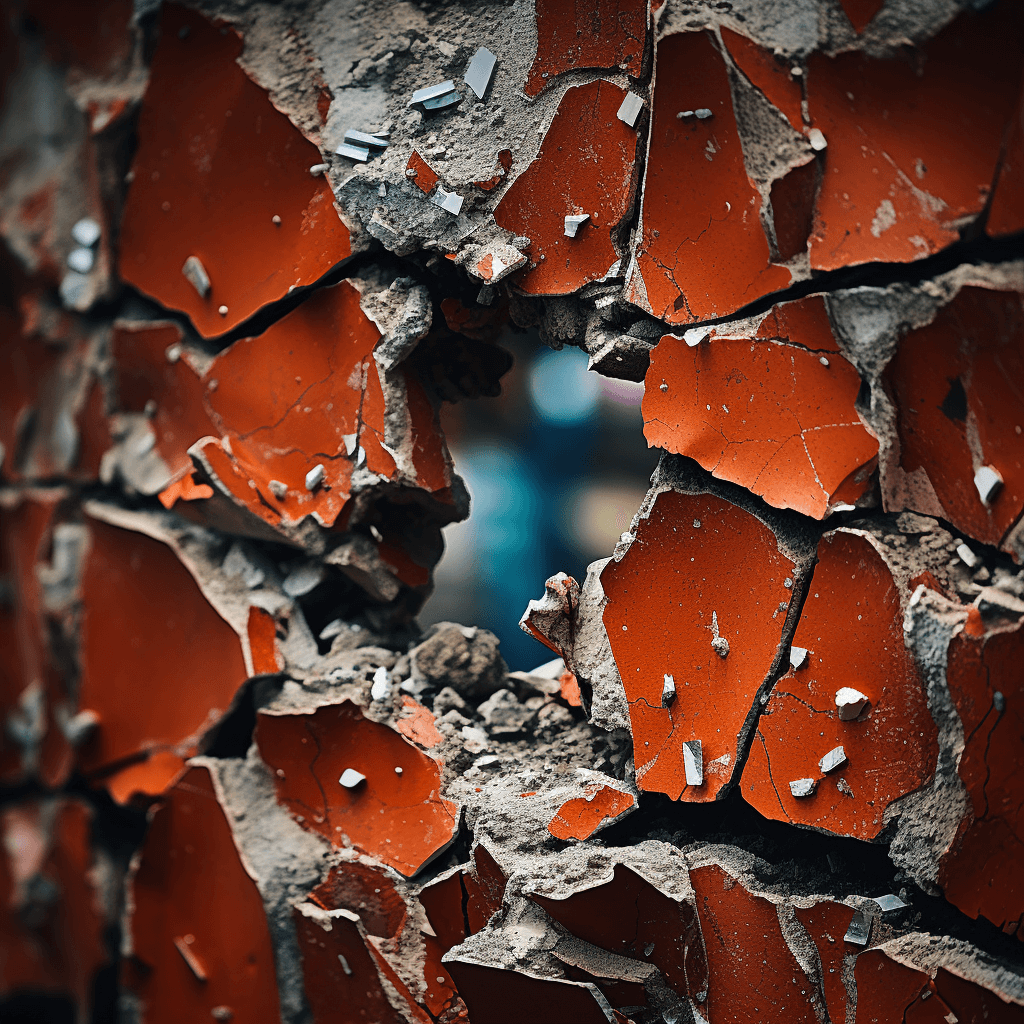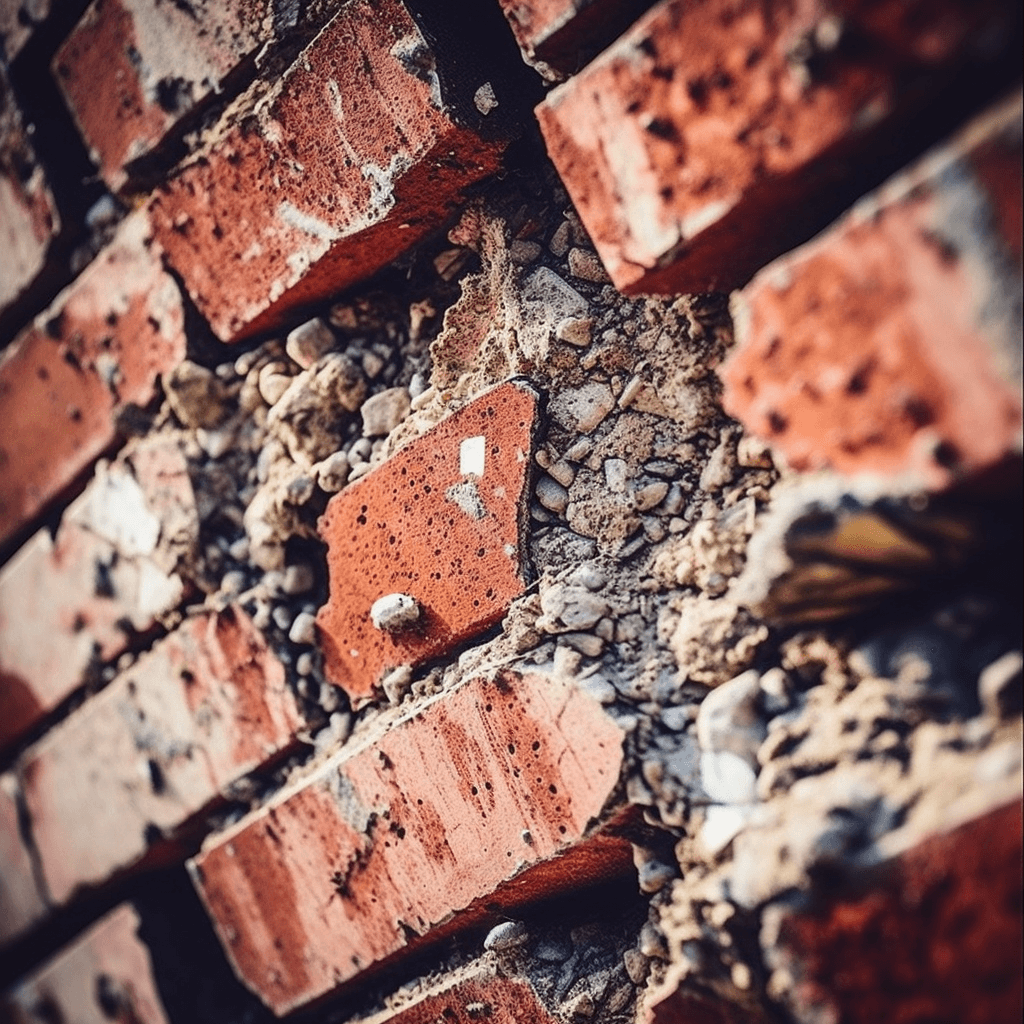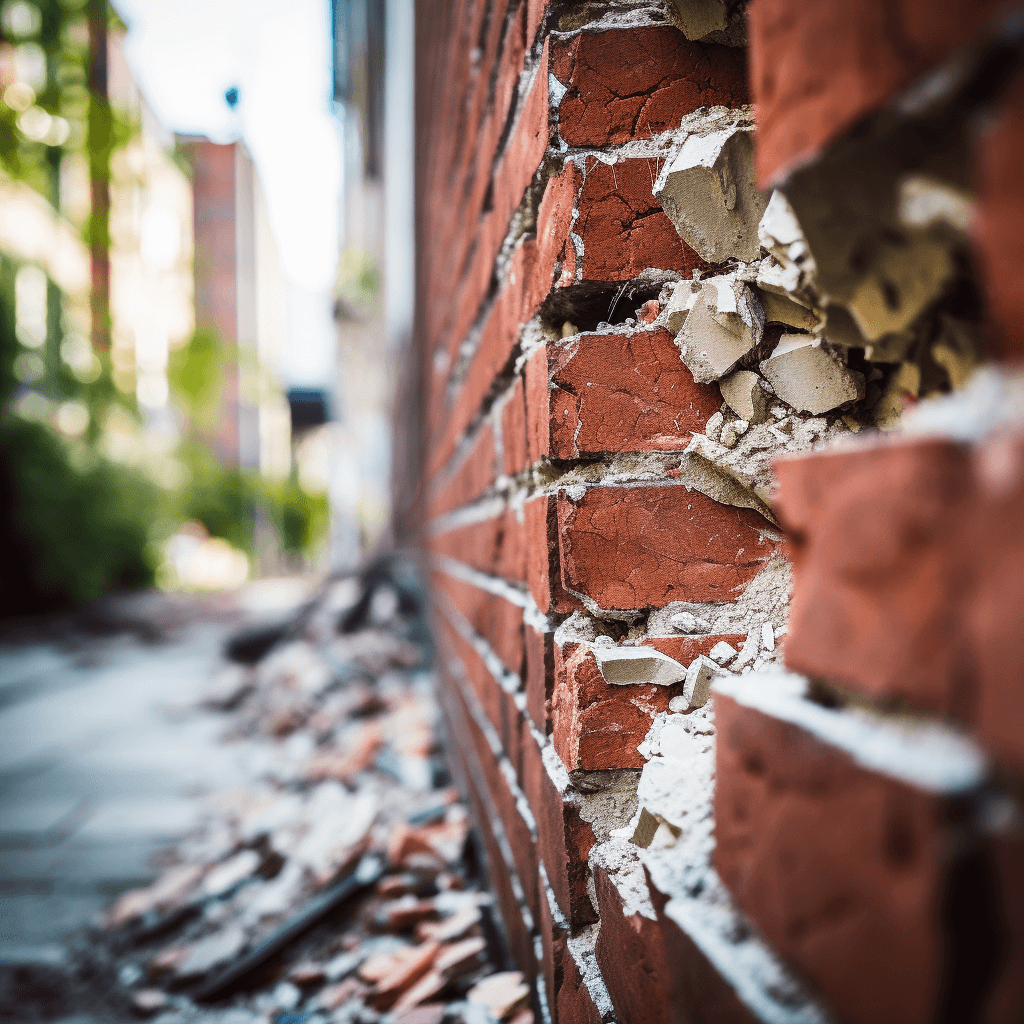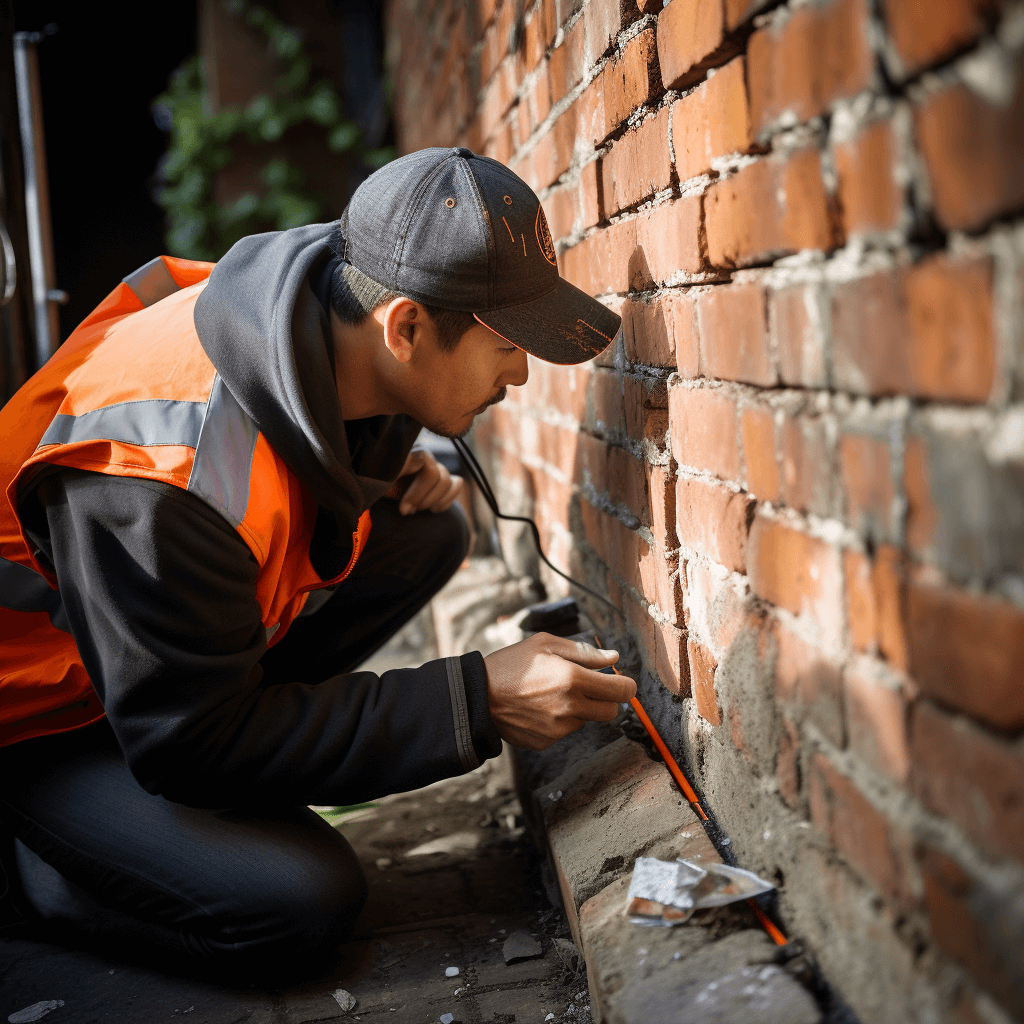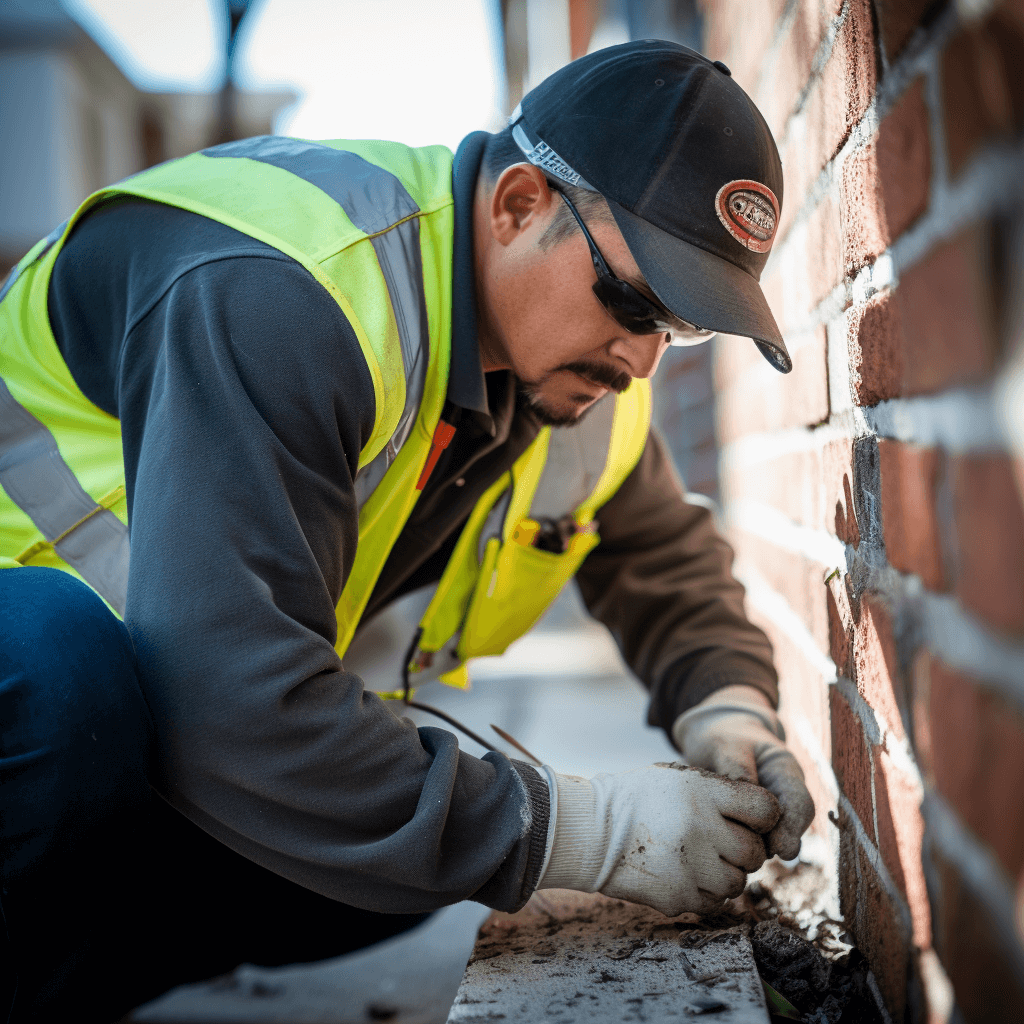Cracked bricks are a common issue that masonry professionals encounter.
These cracks can be caused by a variety of factors, including inadequate mortar, poor drainage, and the presence of vegetation. Understanding the root cause of the cracks is crucial to effectively addressing them and preventing future issues. In this section, we will explore the various causes of cracked bricks and provide tips for how to prevent and repair them.
Inadequate Mortar
One of the main causes of cracked bricks is inadequate mortar. When the mortar used to hold the bricks together is too weak or the ratio of sand to cement is off, the bricks can become loose and crack. This can be especially problematic in areas with harsh weather conditions or high winds.
To prevent this issue, it is important to ensure that the mortar used is strong enough to withstand the conditions it will be exposed to. Hiring experienced masonry professionals who understand the proper ratios of sand to cement is key. Regular inspections and maintenance can also help identify any areas where the mortar may need to be reinforced or replaced.
Poor Drainage
Another common cause of cracked bricks is poor drainage. When water is not properly directed away from the structure, it can seep into the bricks and cause them to crack. This is especially common in areas with heavy rainfall or poor soil drainage.
To prevent this issue, it is important to ensure that the surrounding landscape is properly graded and that gutters and downspouts are in good working condition. Regular inspections can help identify any areas where water may be pooling and causing damage to the structure.
Presence of Vegetation
The presence of vegetation, such as vines or trees, can also contribute to cracked bricks. As the roots grow and expand, they can push against the bricks and cause them to crack or become dislodged. This can be especially problematic if the roots are able to grow into the mortar joints.
To prevent this issue, it is important to regularly inspect the surrounding landscape and remove any vegetation that may be growing too close to the structure. Installing barriers, such as root barriers or trellises, can also help prevent roots from damaging the structure.
Repairing Cracked Bricks
If you notice cracked bricks in your structure, it is important to address the issue as soon as possible to prevent further damage. Depending on the severity of the cracks, repairs may include filling the cracks with mortar, replacing individual bricks, or even rebuilding entire sections of the structure.
To ensure that the repairs are done properly, it is important to hire experienced masonry professionals who understand the underlying causes of the cracks and can address them accordingly. Regular inspections and maintenance can also help prevent future issues from occurring.
Conclusion
Cracked bricks can be a frustrating and potentially costly issue for property owners. By understanding the various causes of cracked bricks, such as inadequate mortar, poor drainage, and the presence of vegetation, property owners can take steps to prevent and address these issues before they become more severe. Regular inspections, maintenance, and hiring experienced masonry professionals are key to maintaining the structural integrity and aesthetic appeal of brick structures for years to come.

